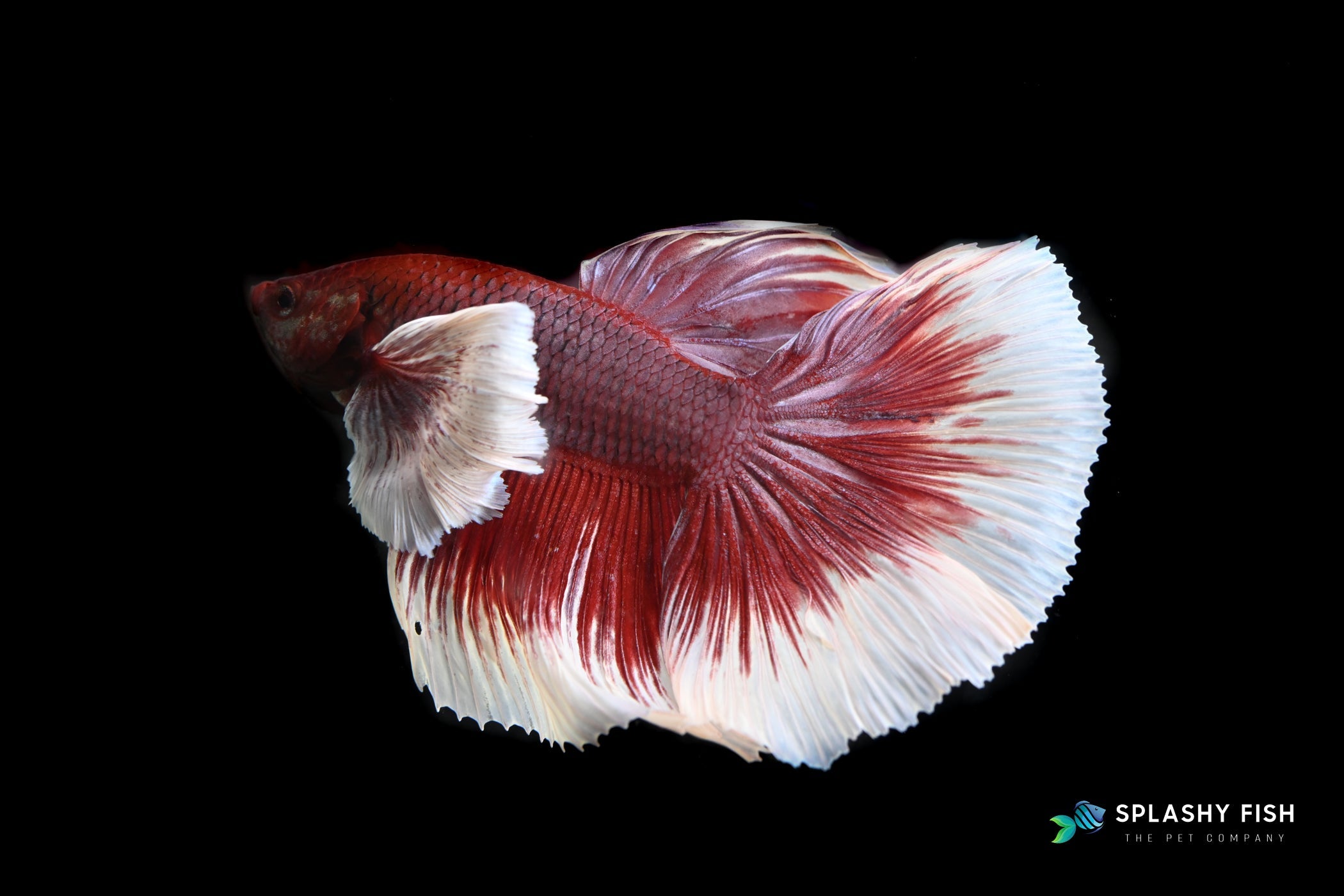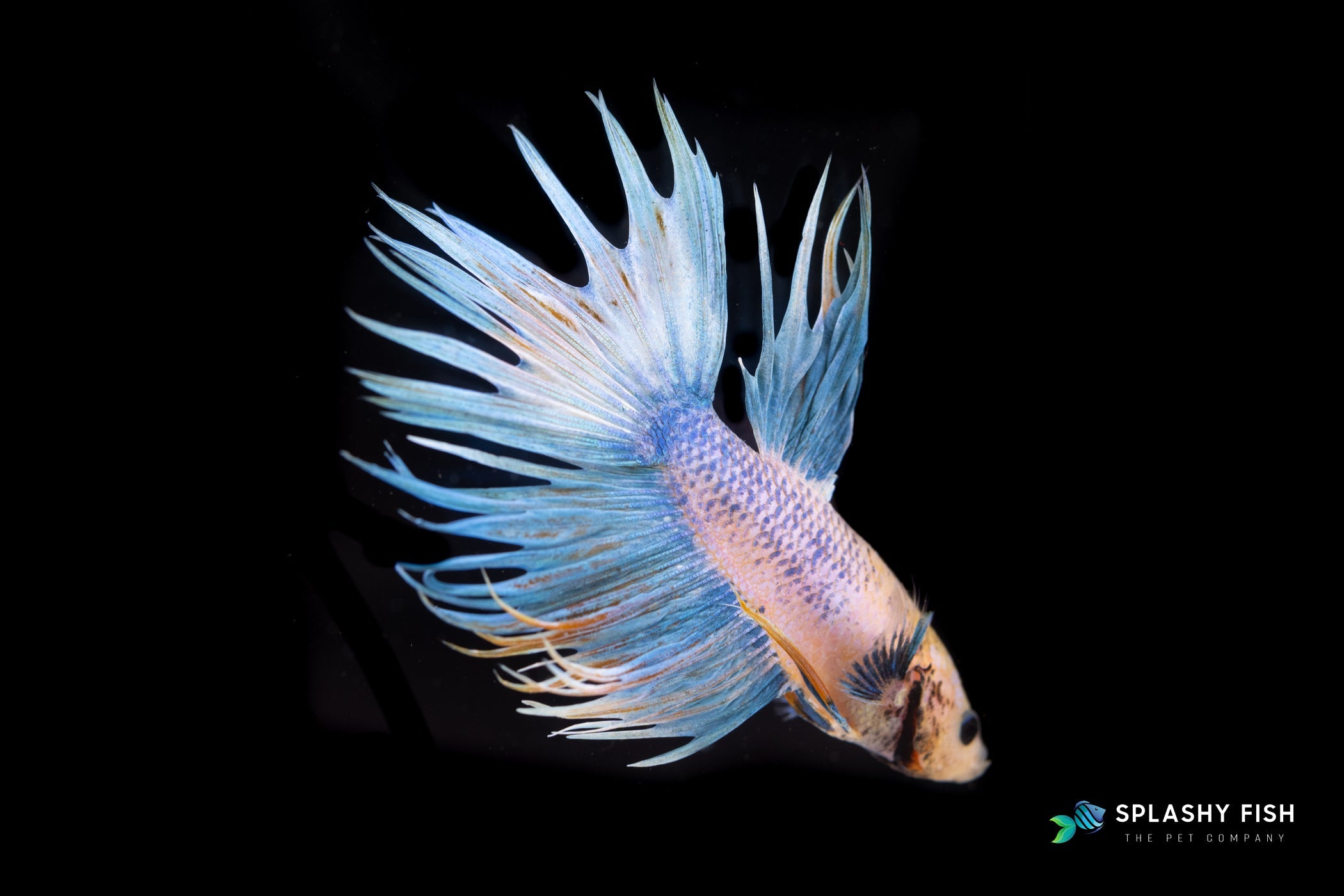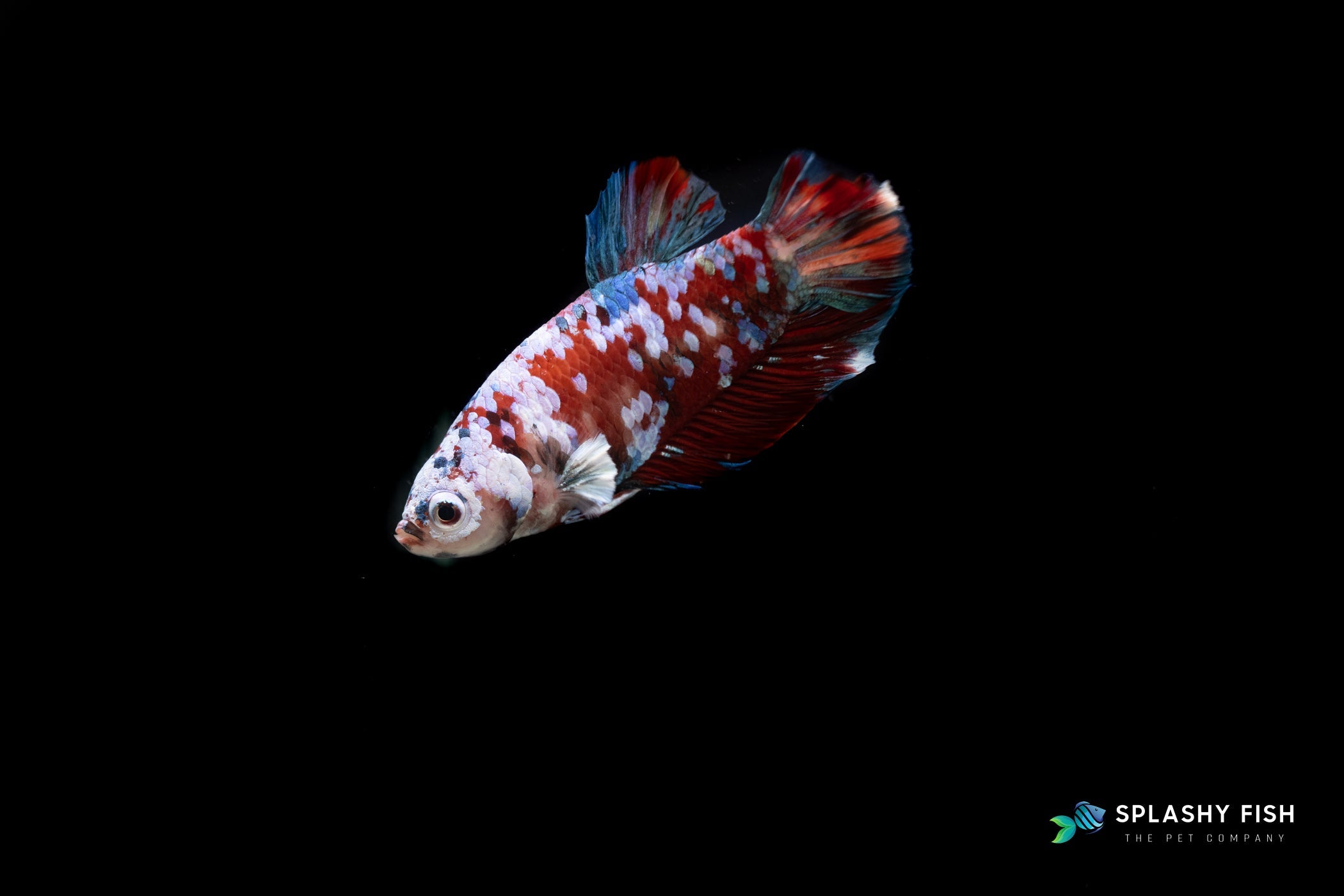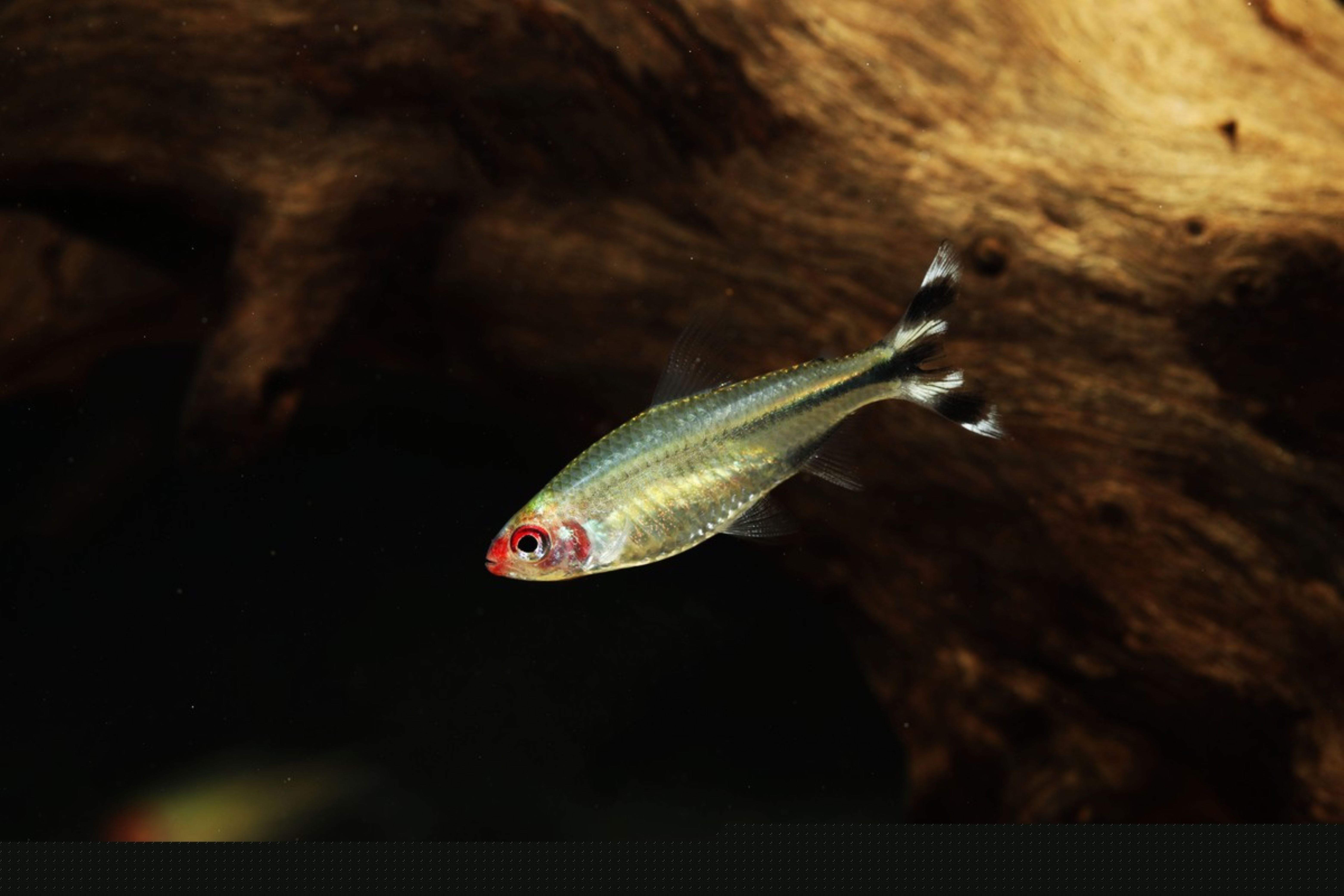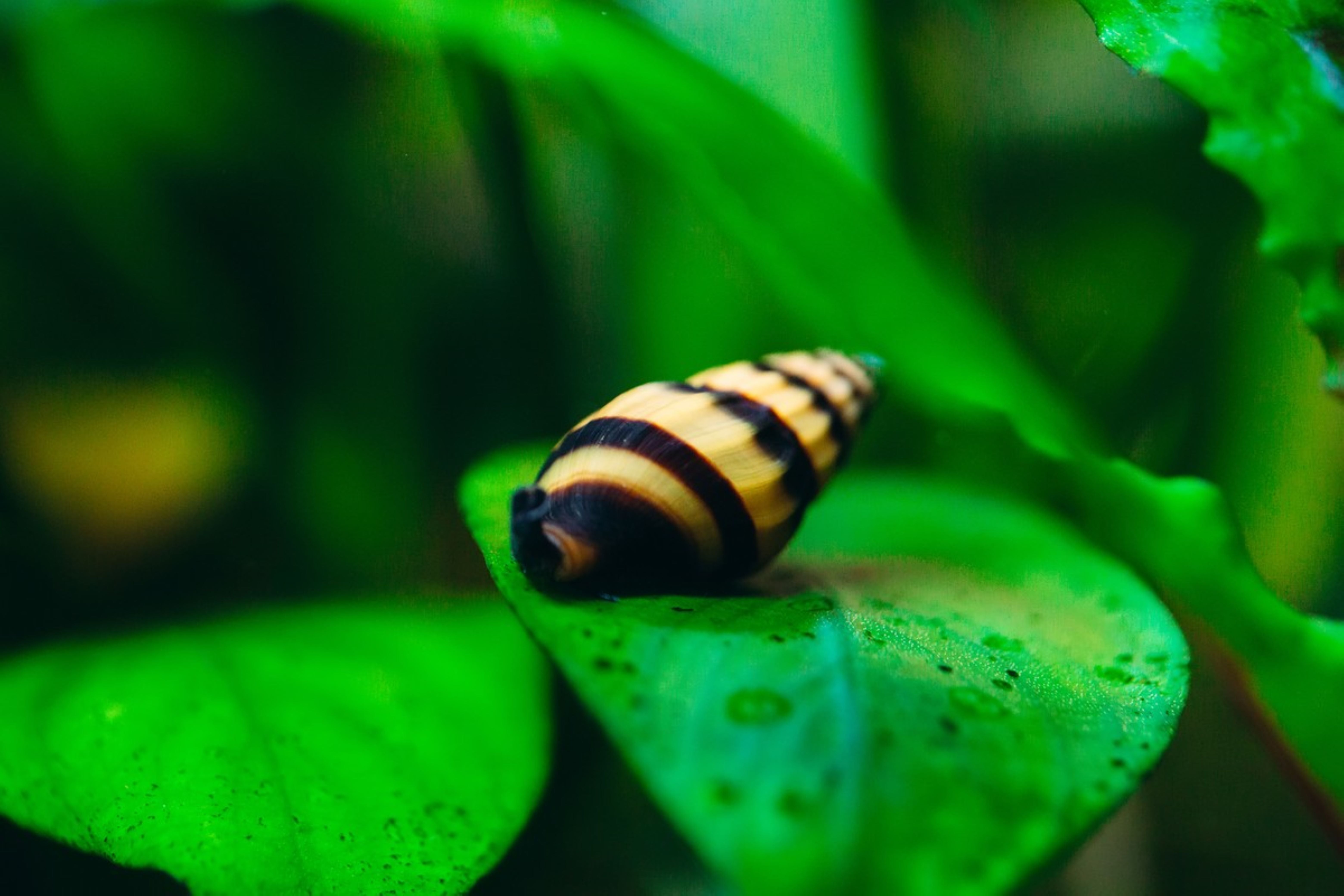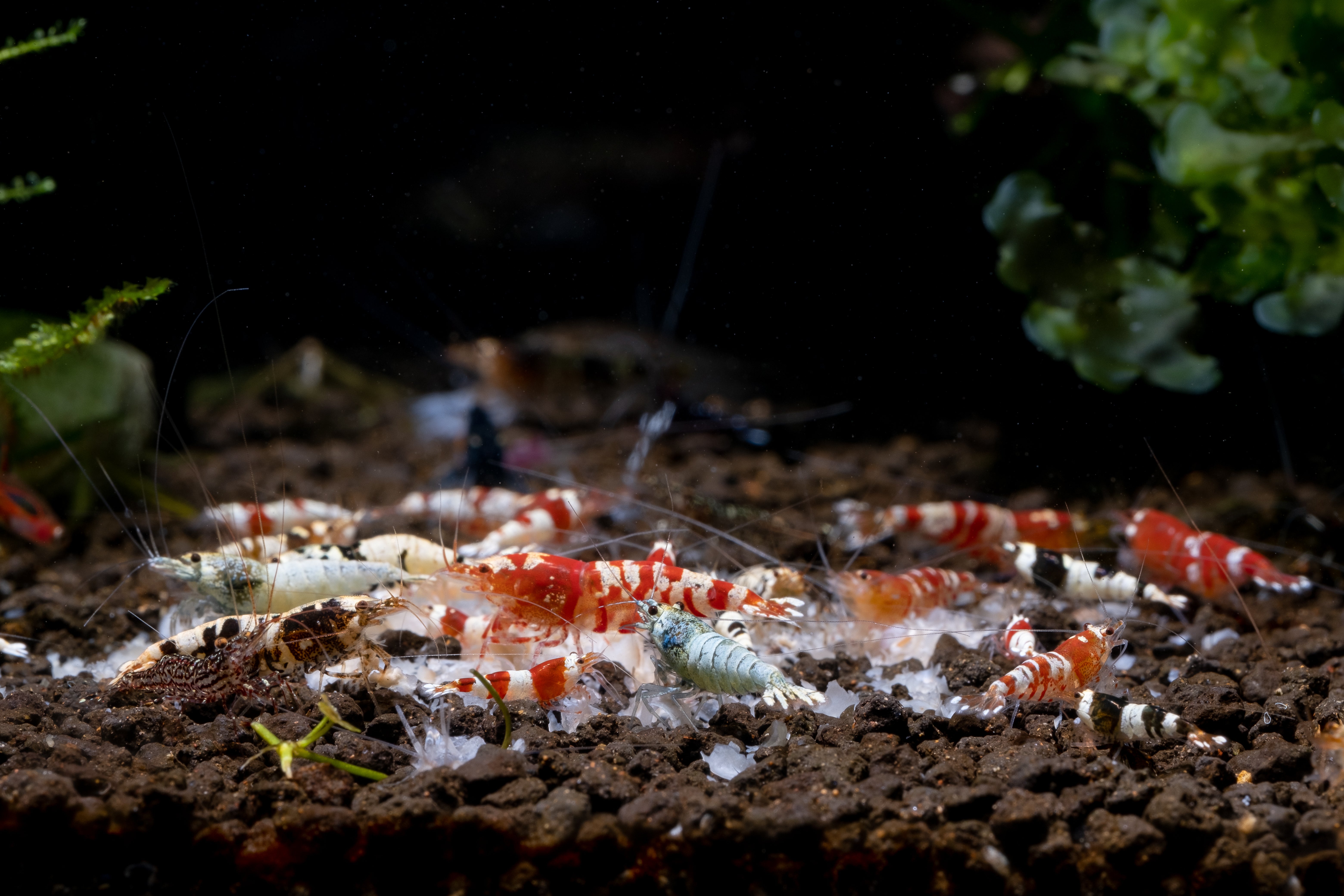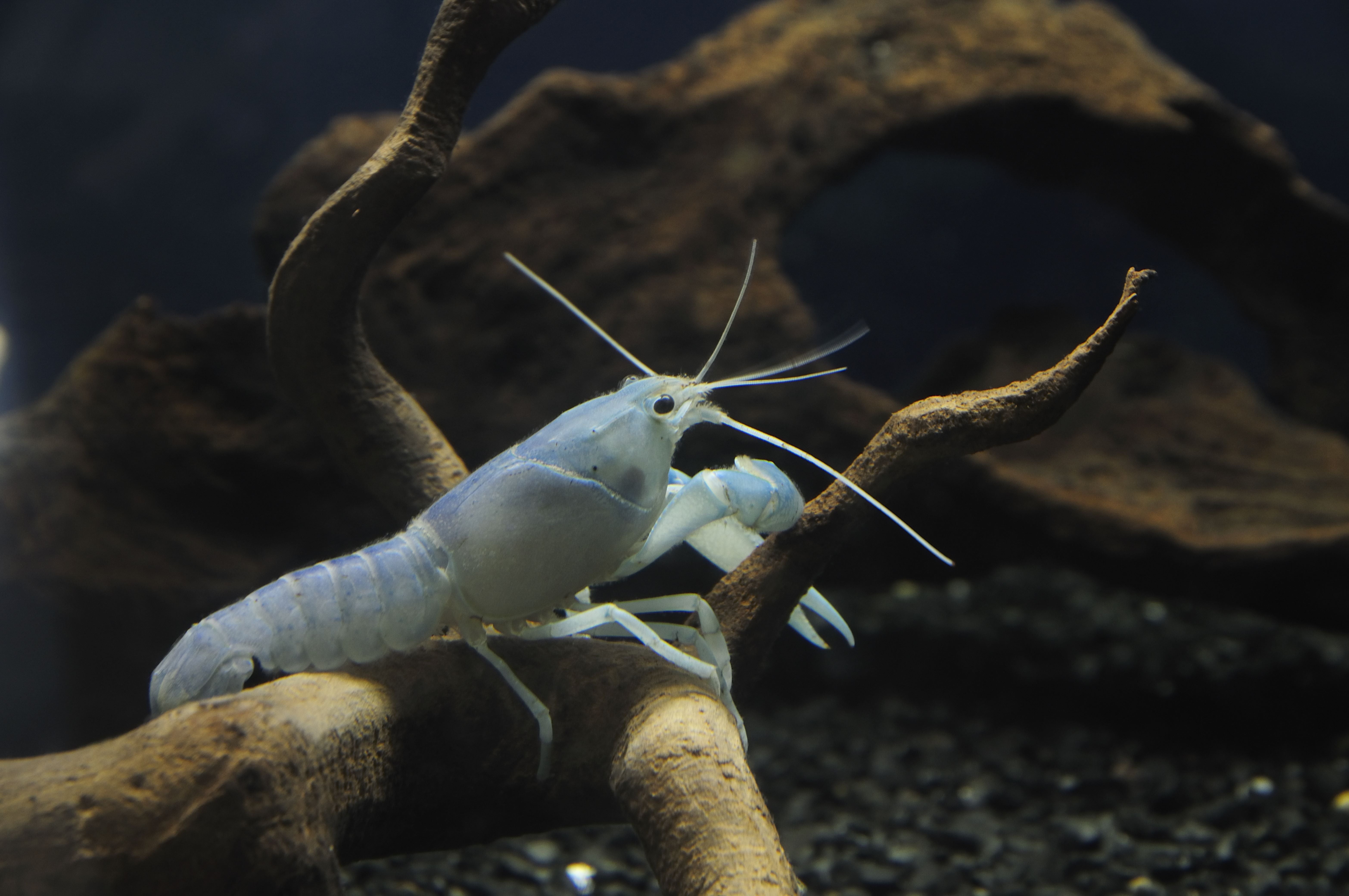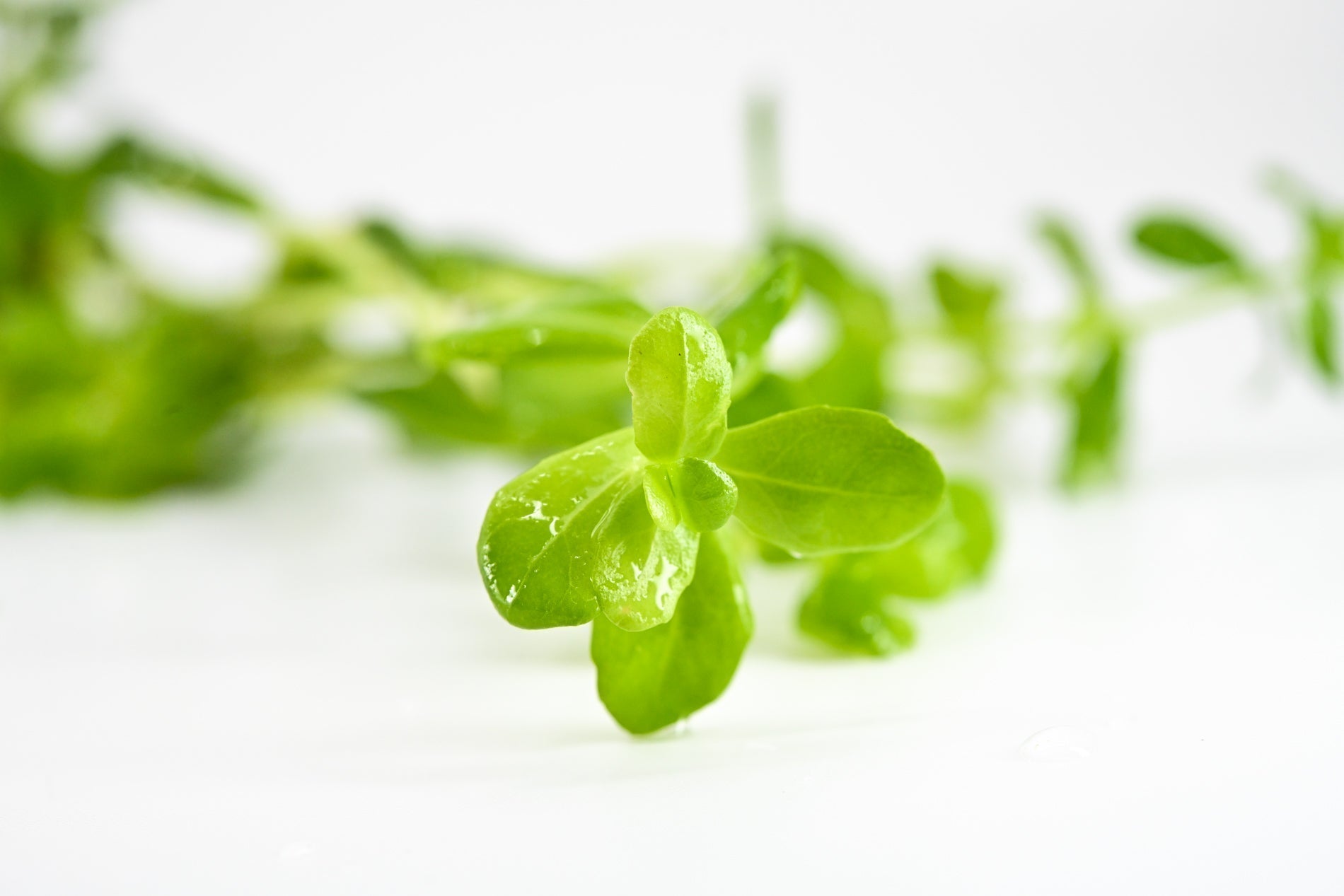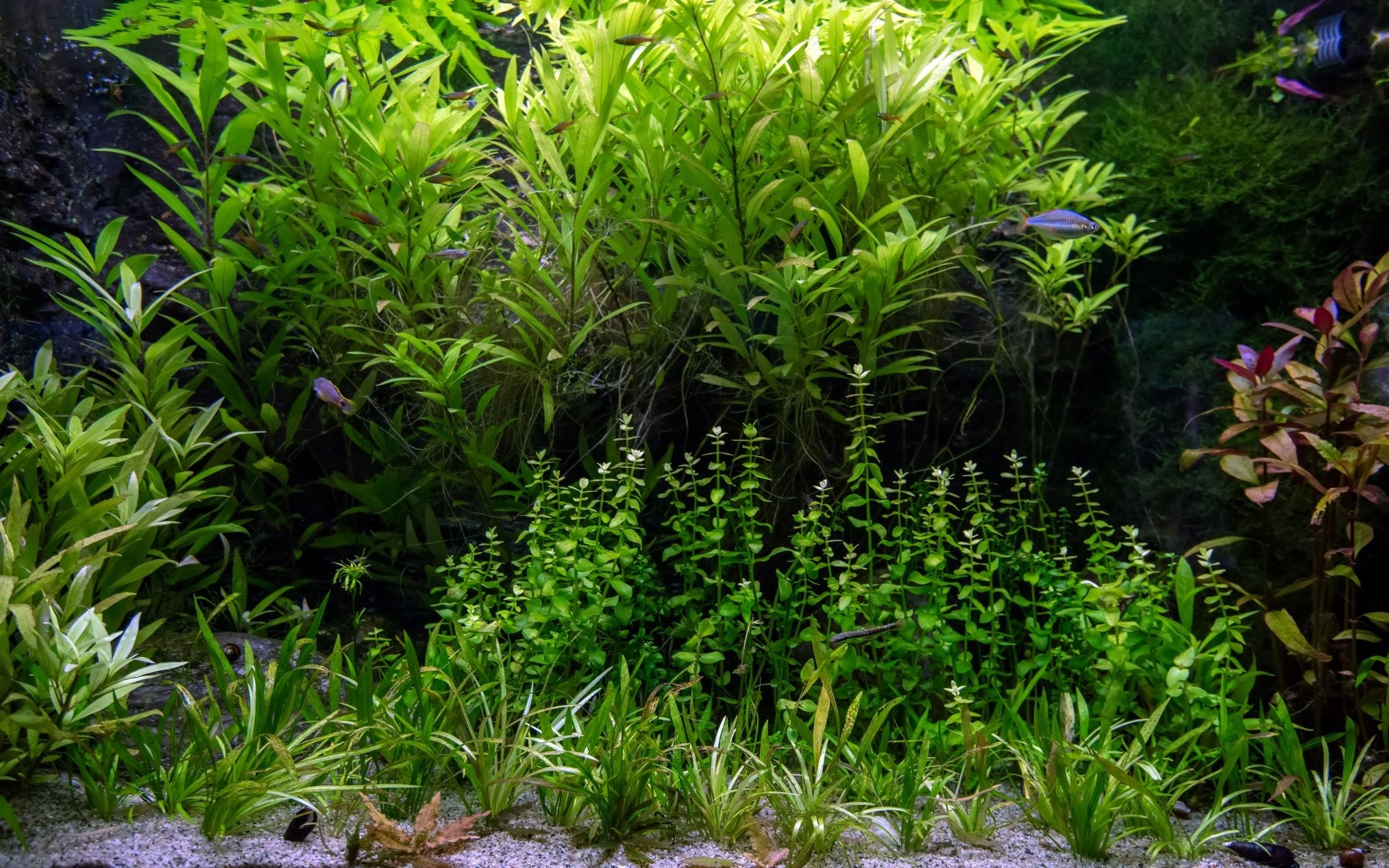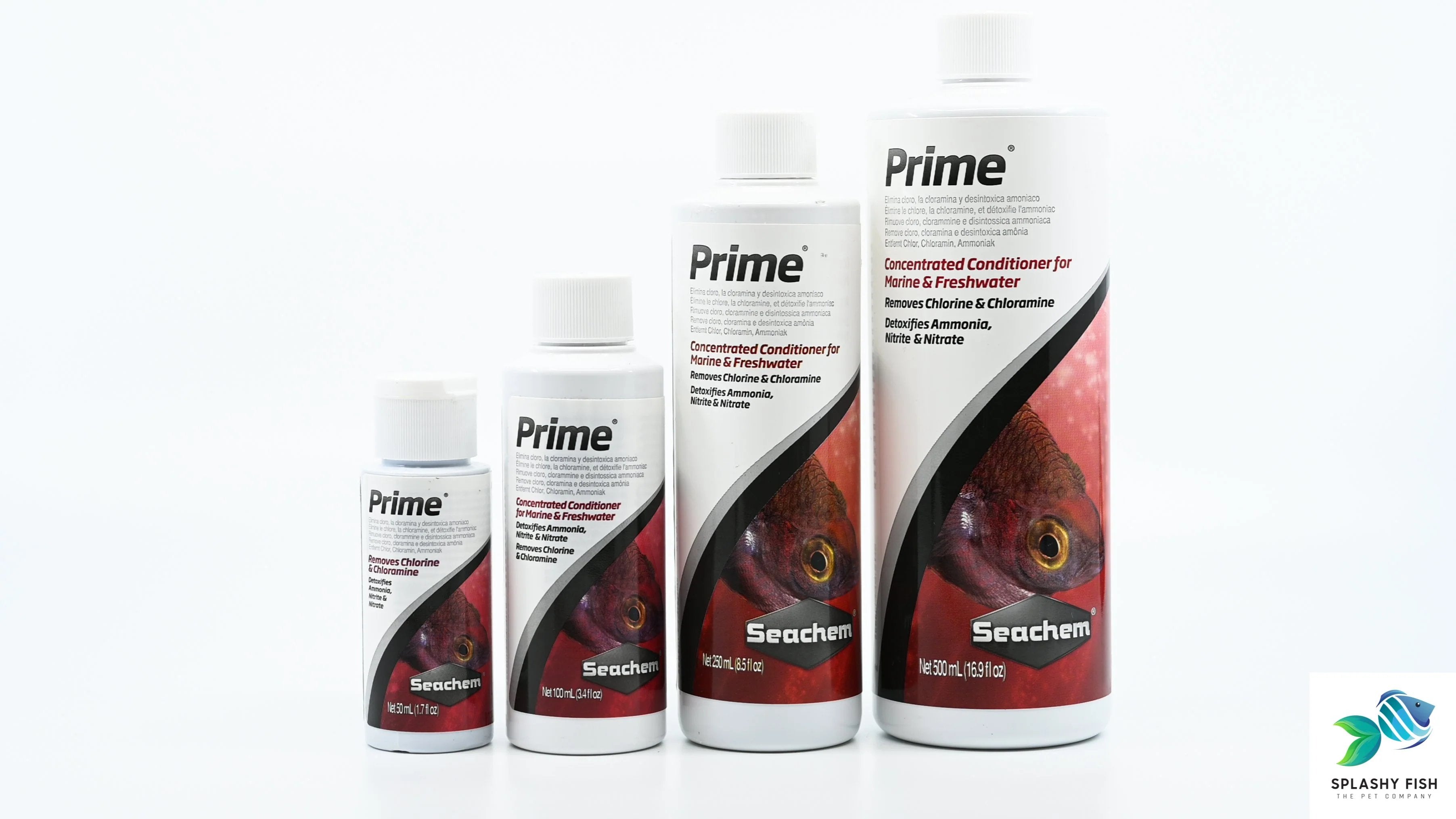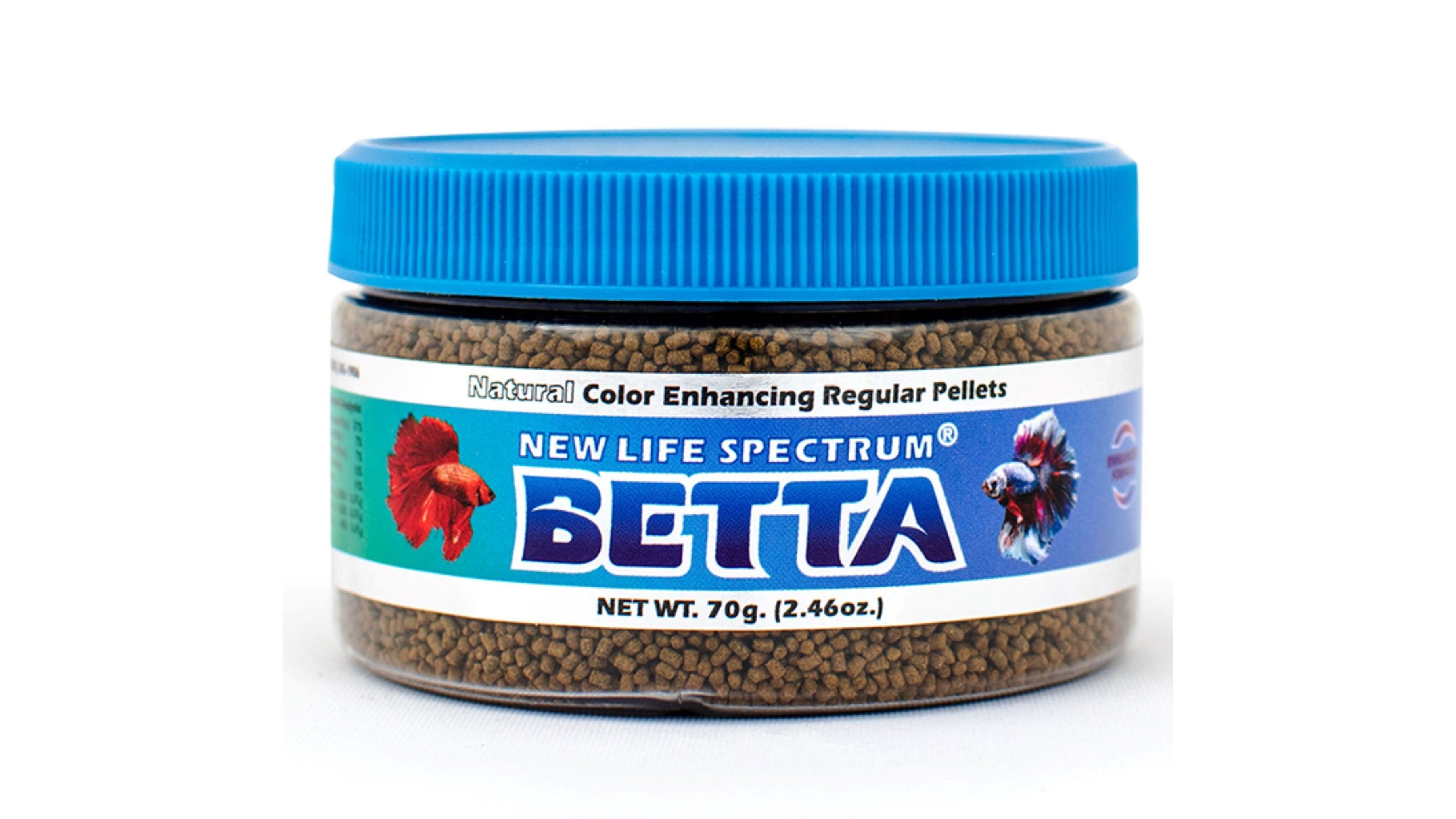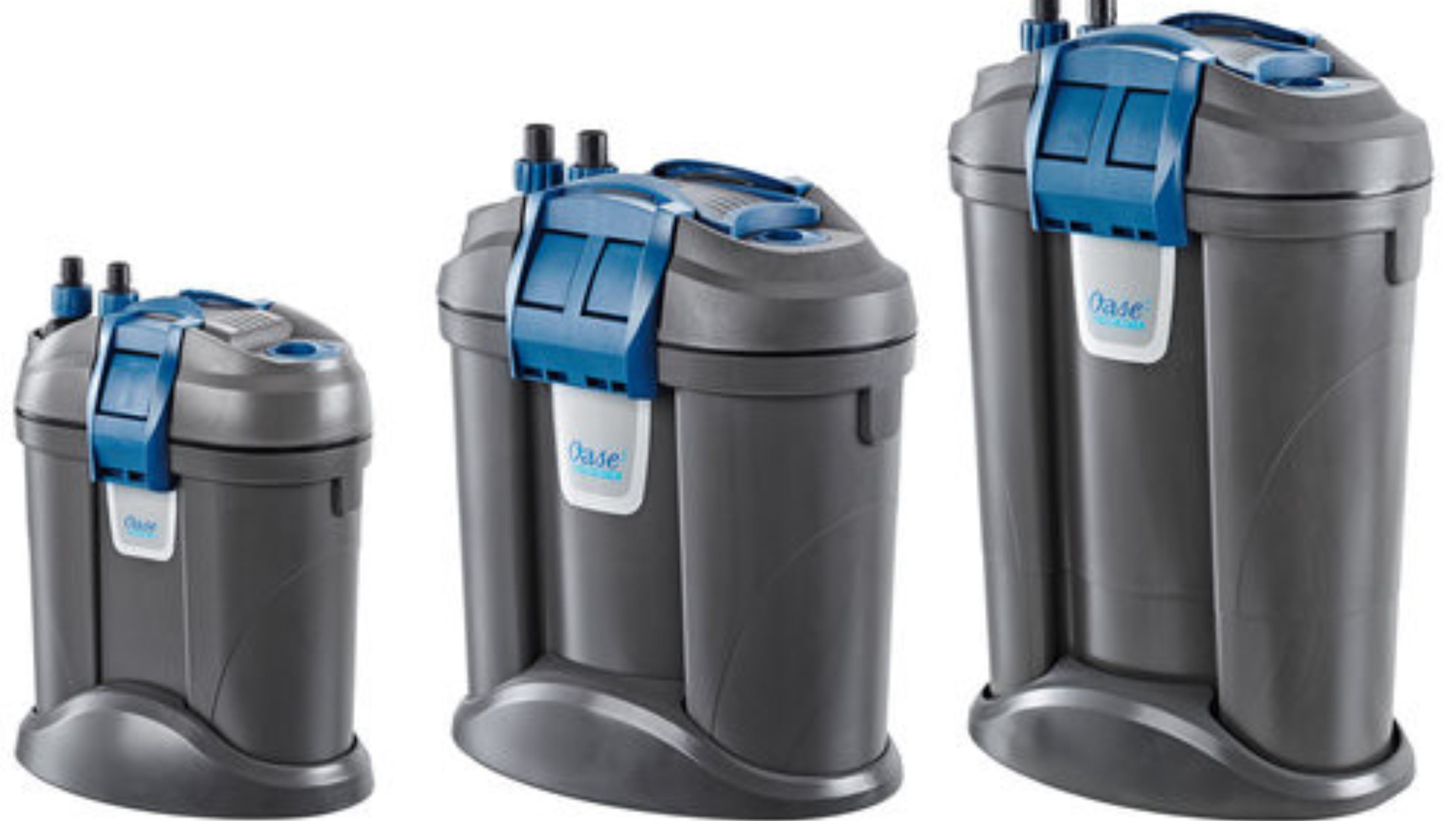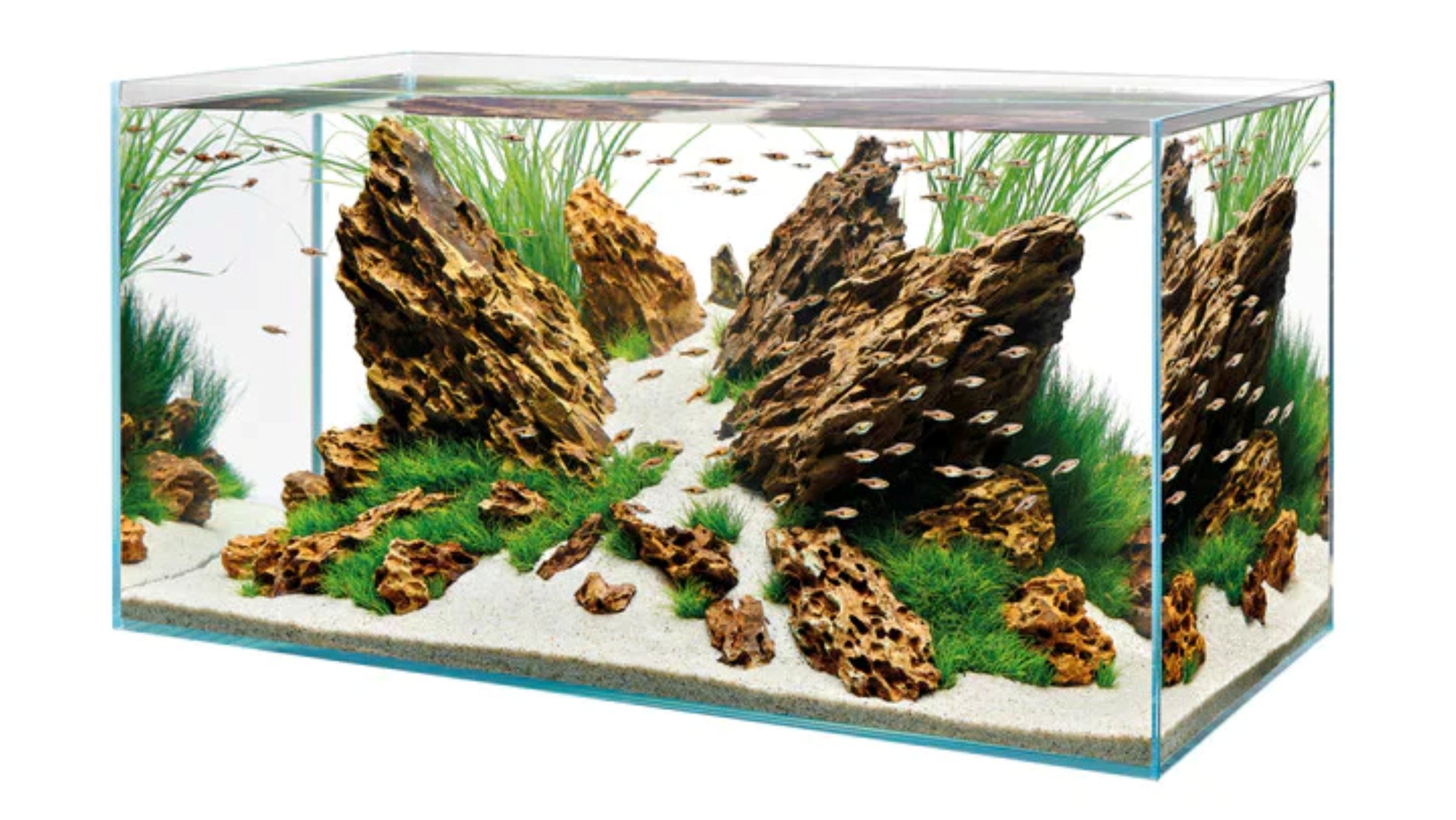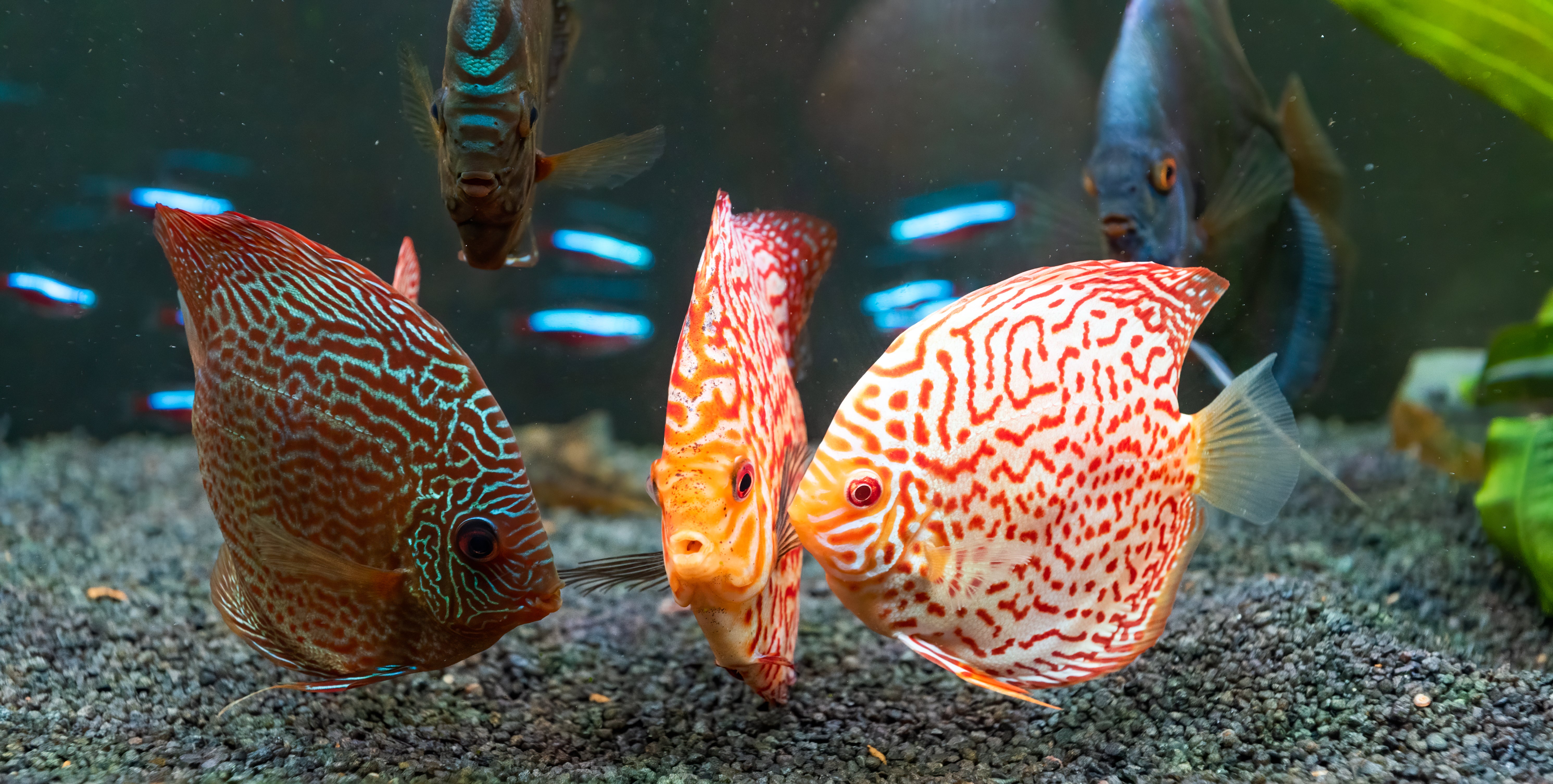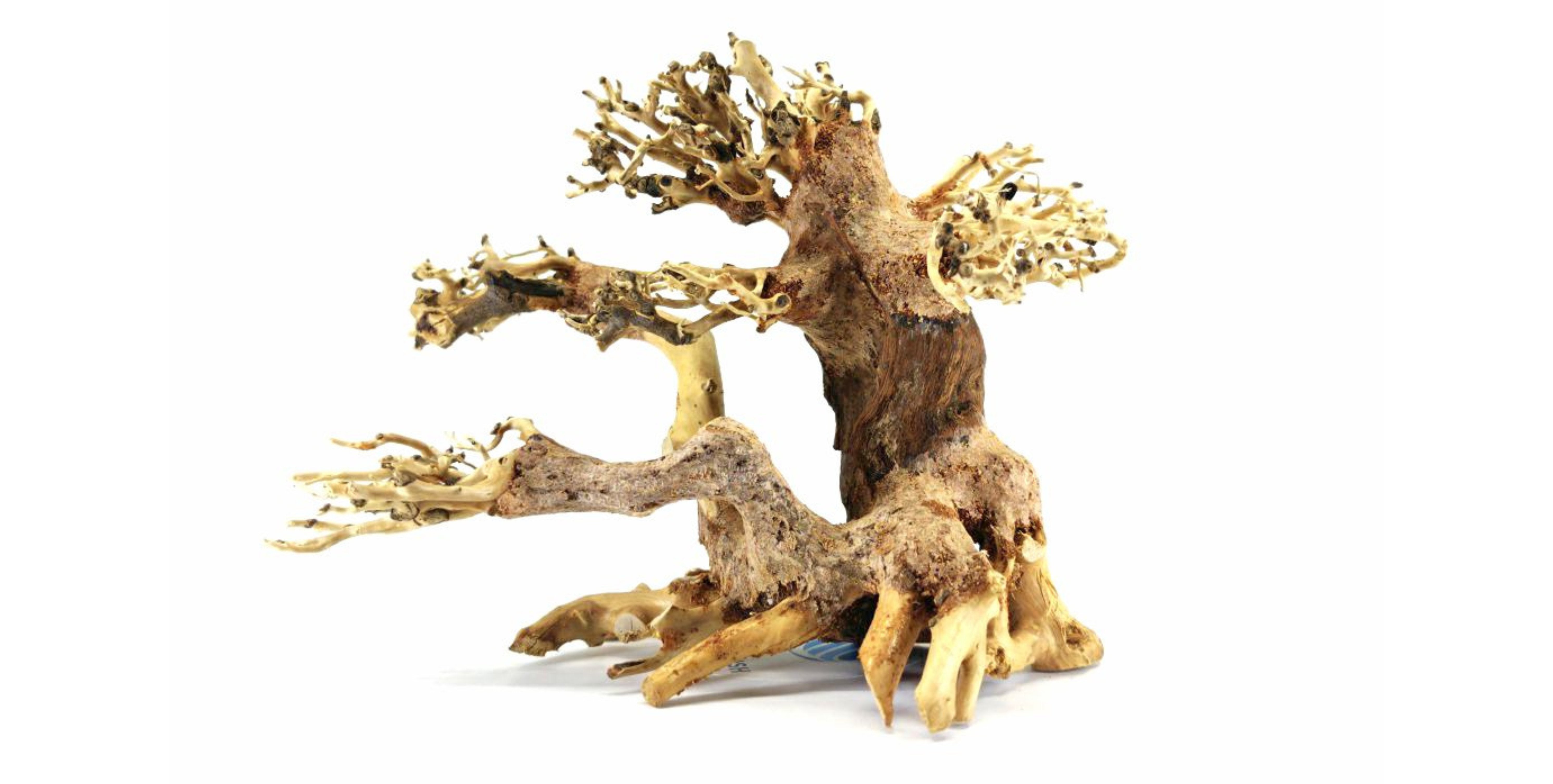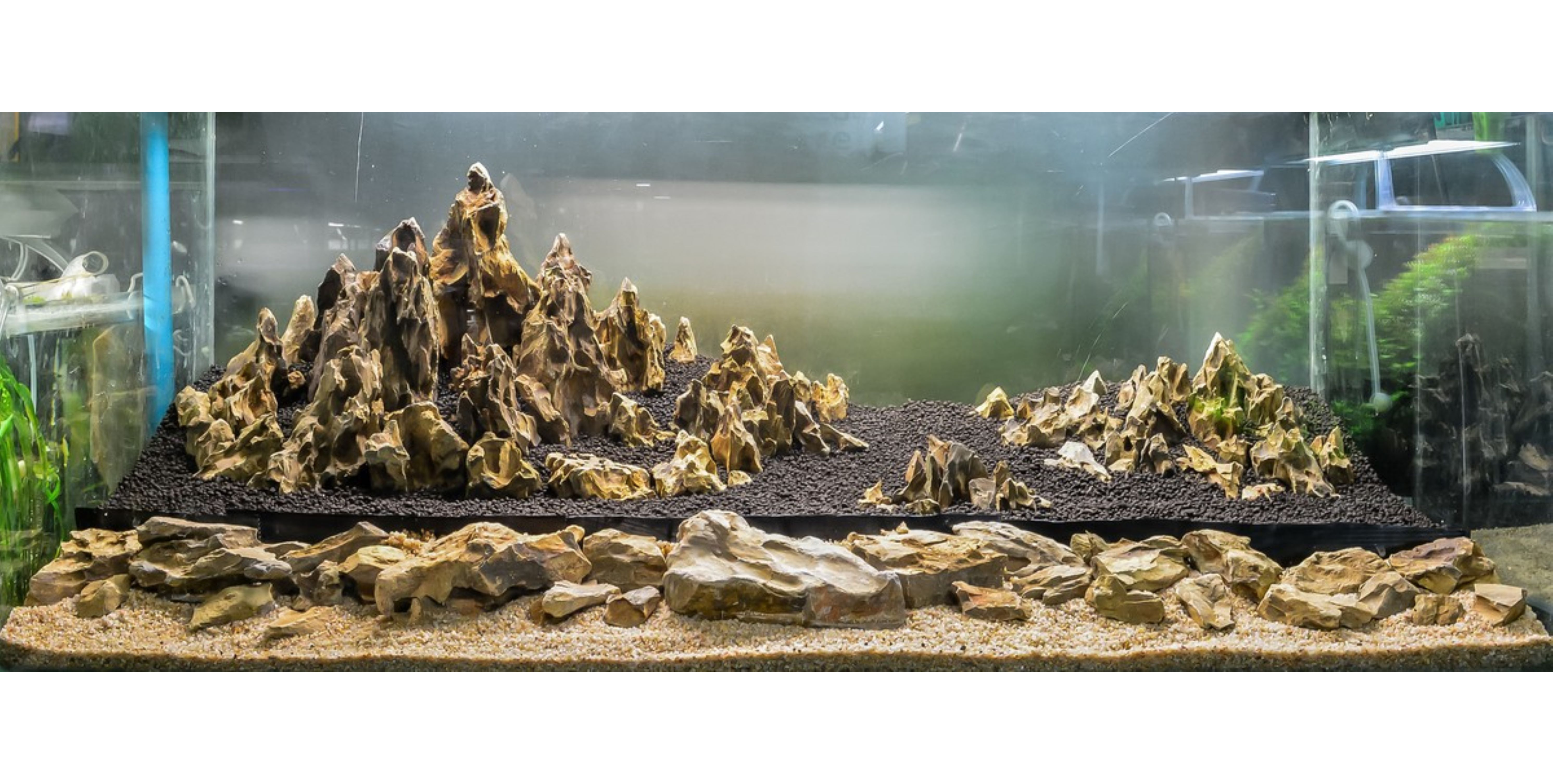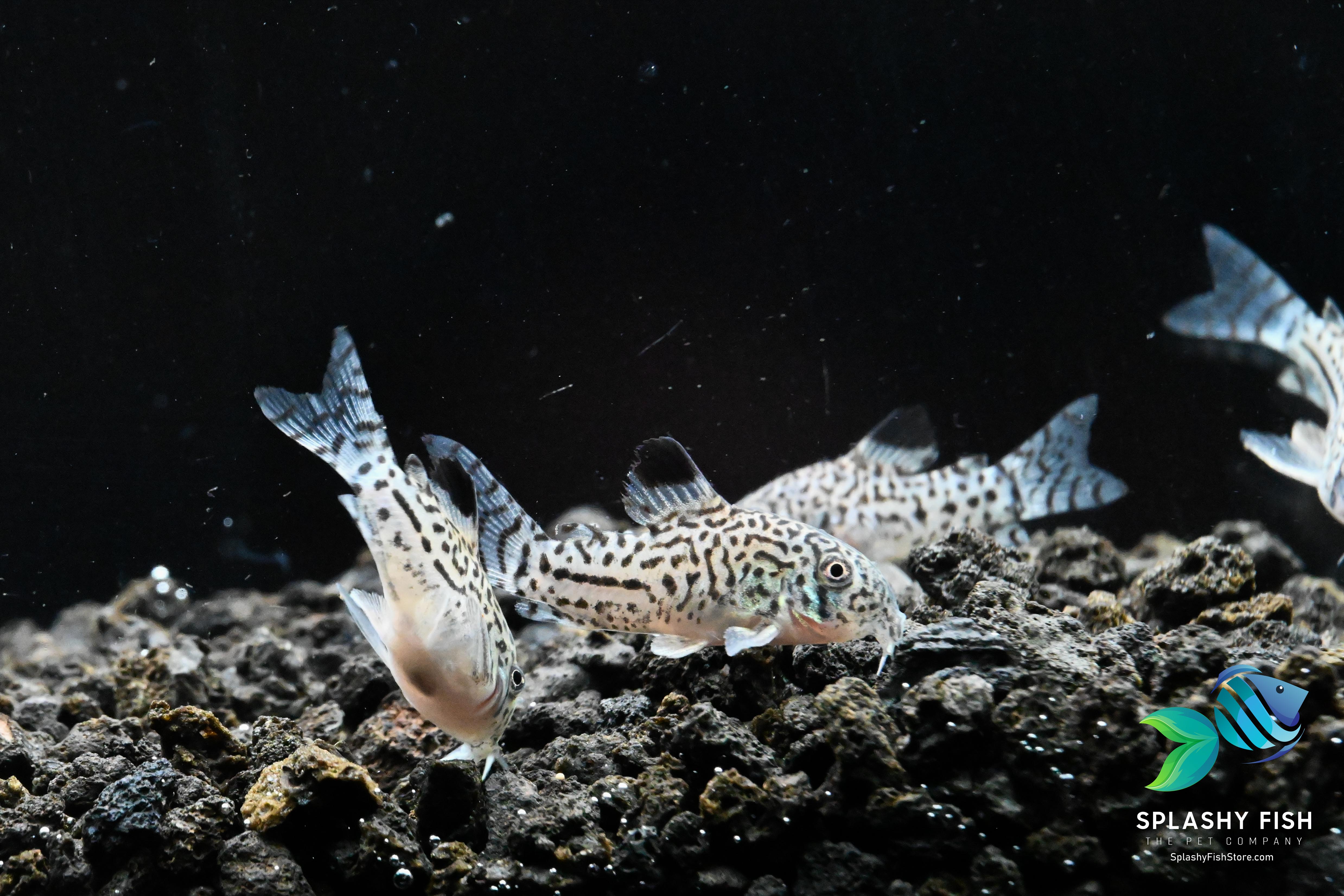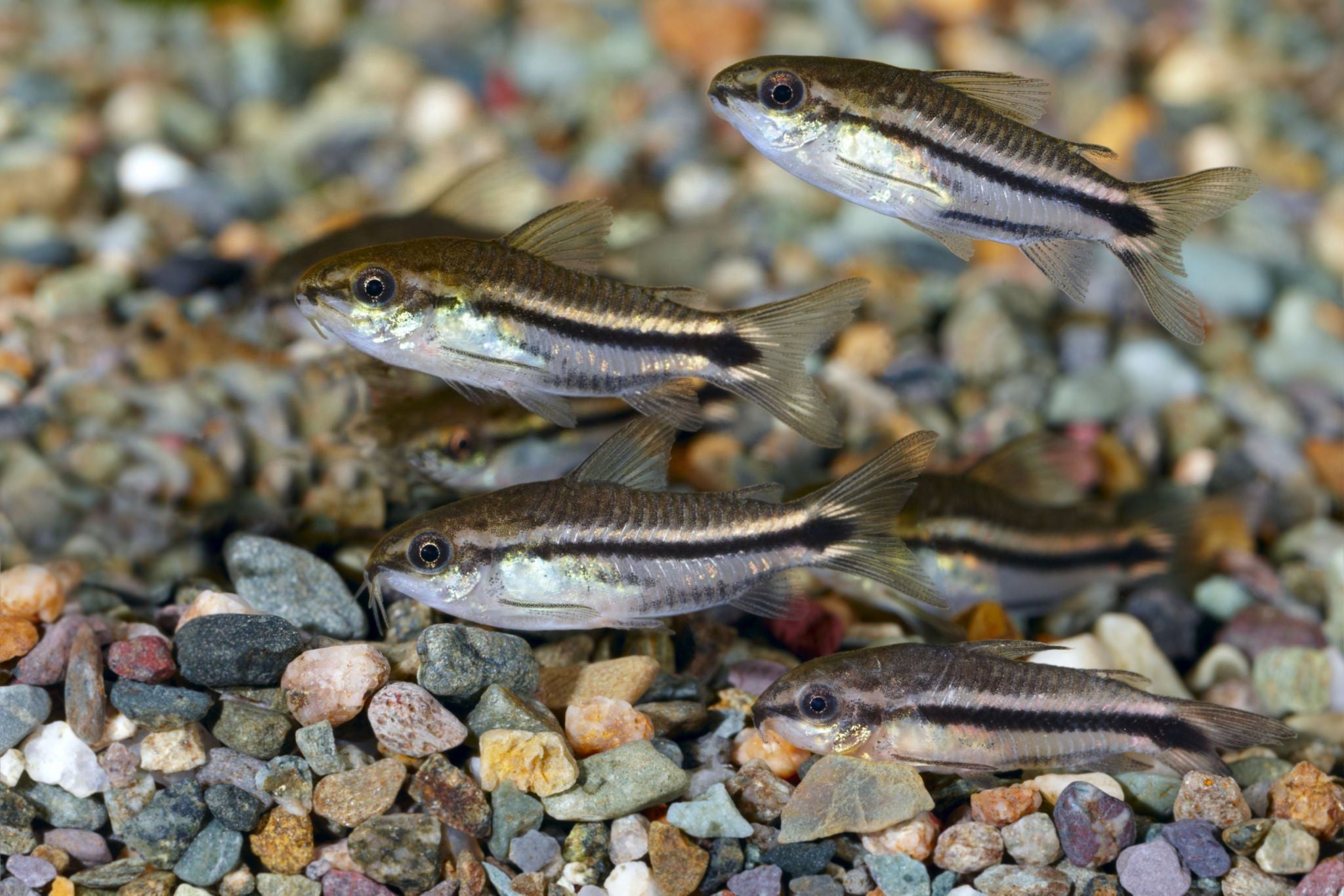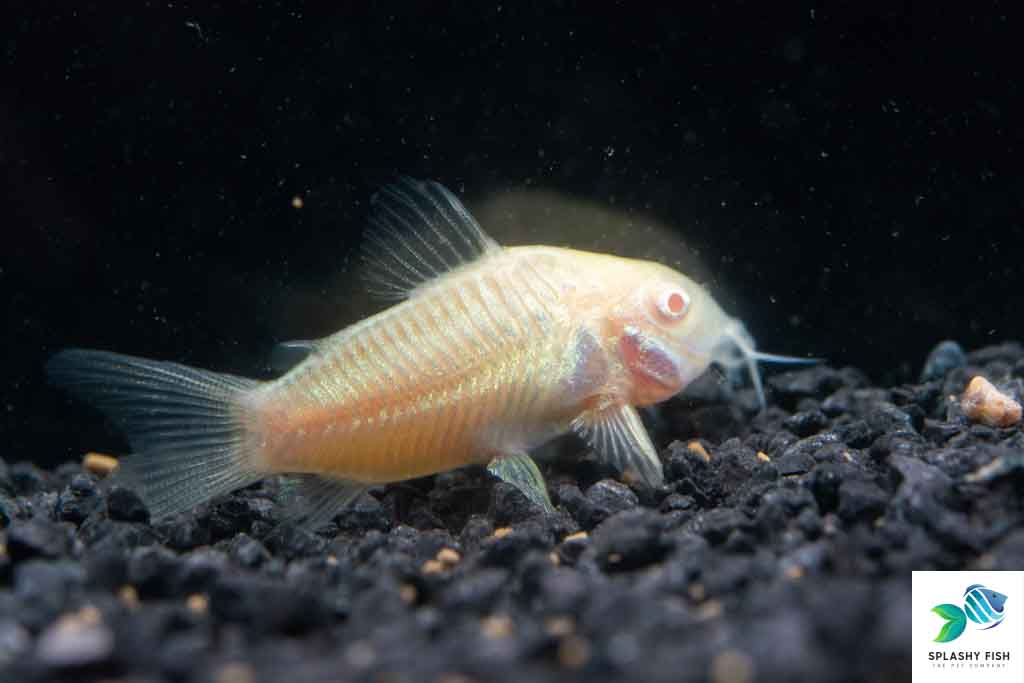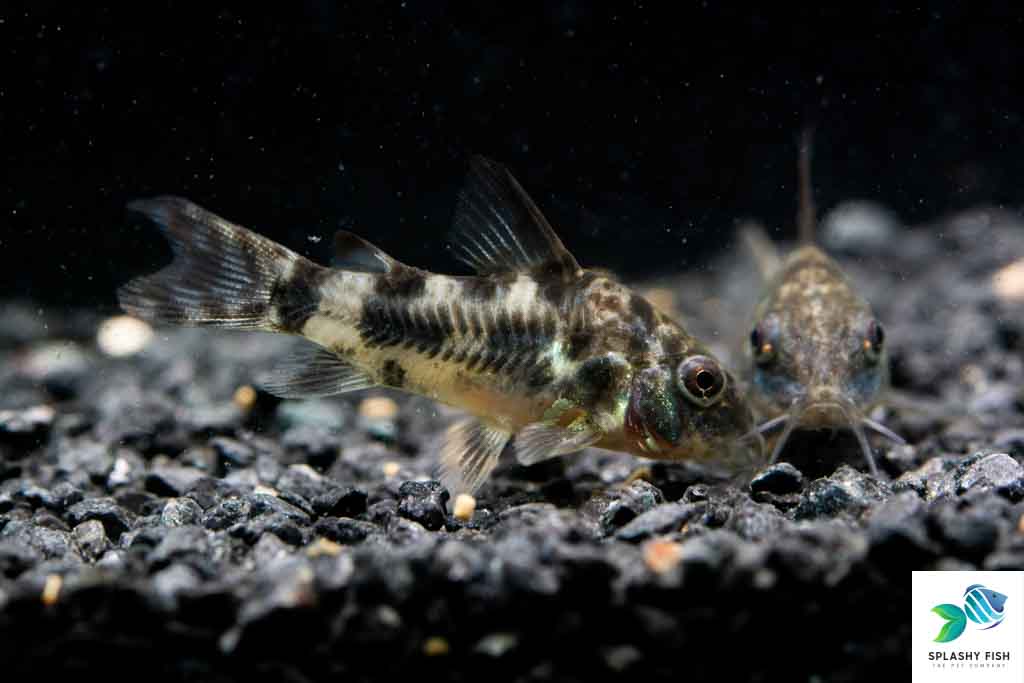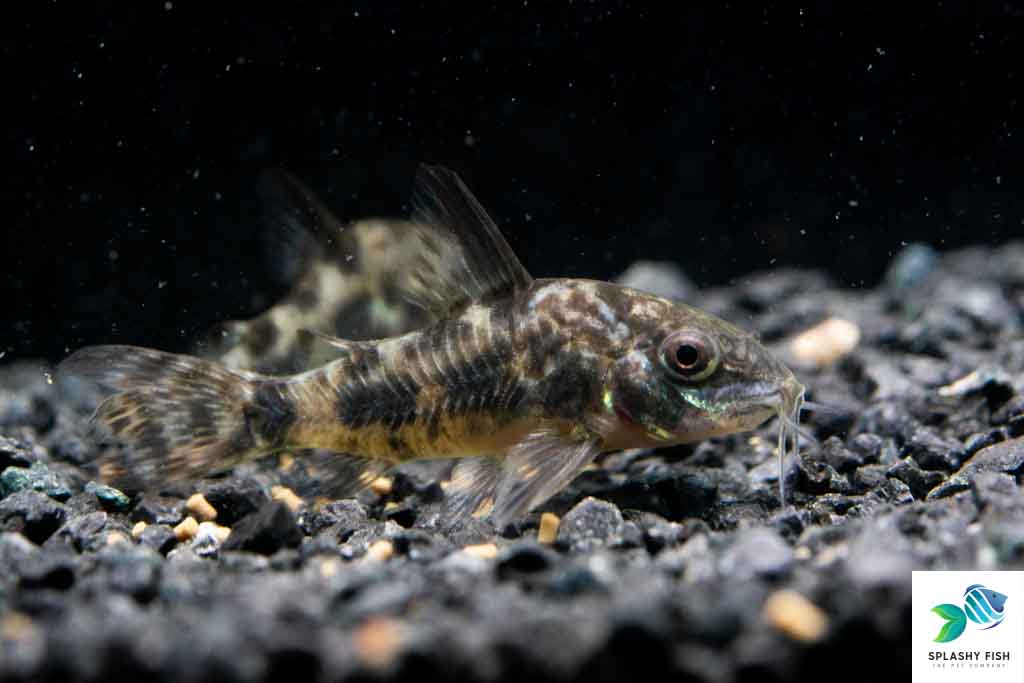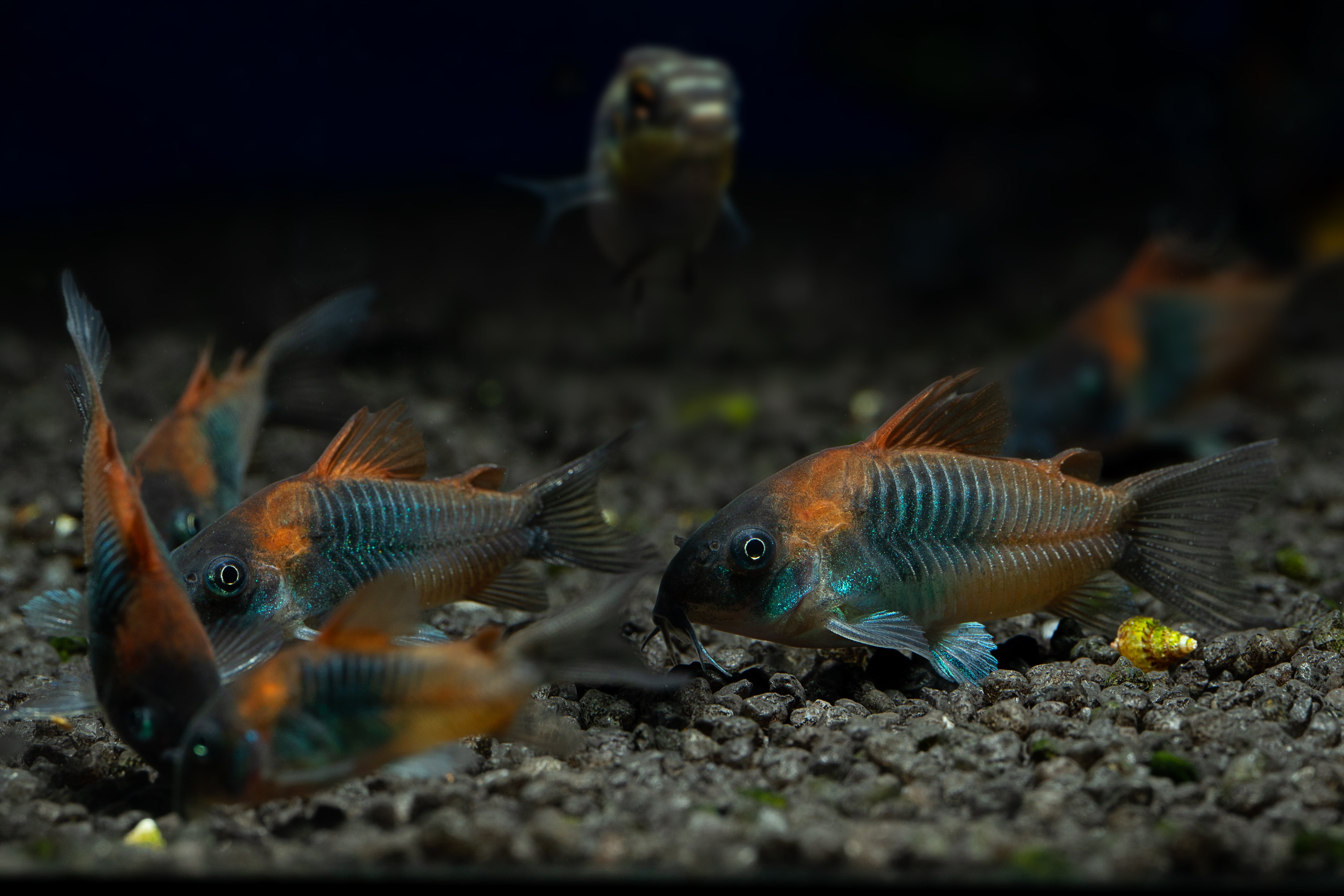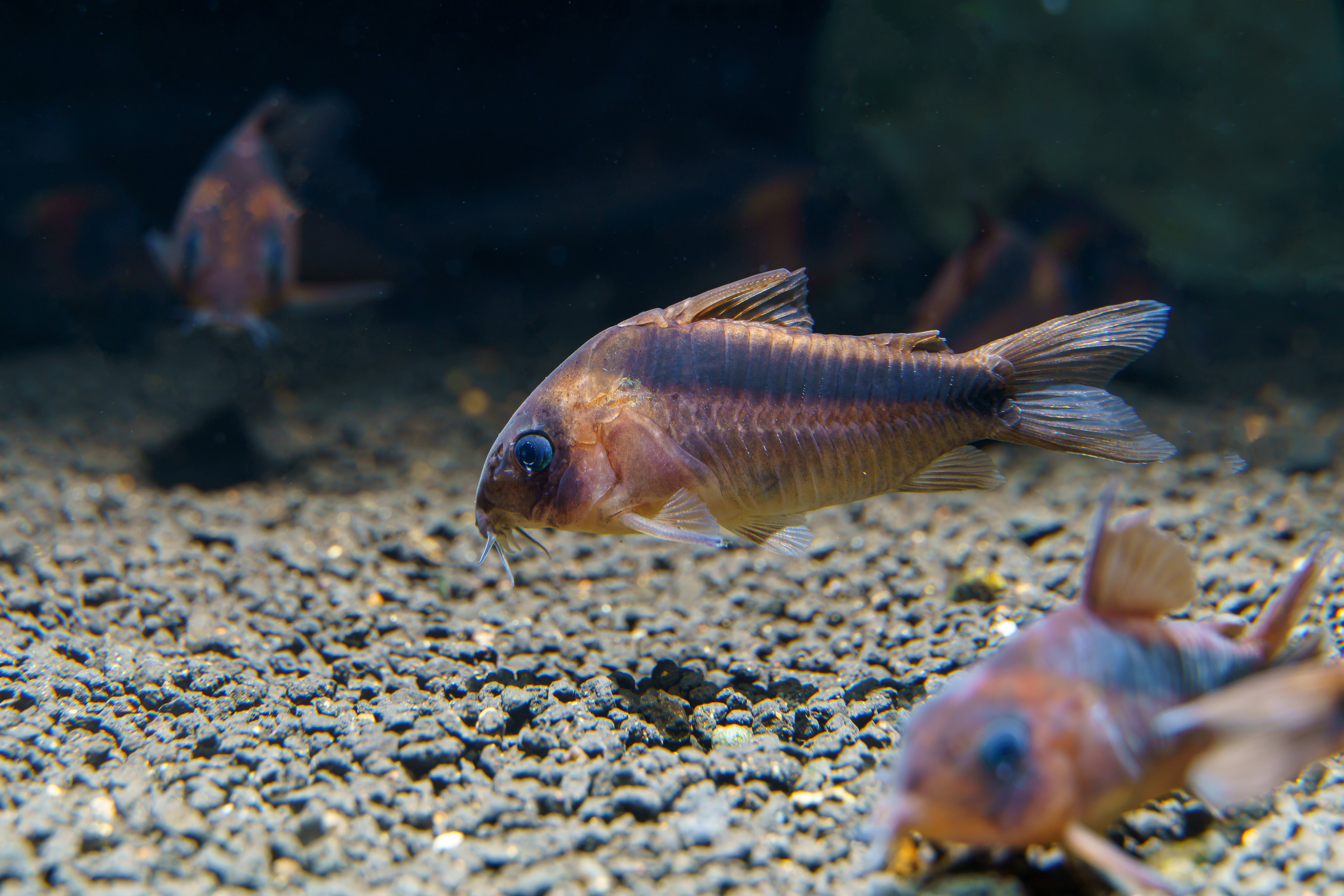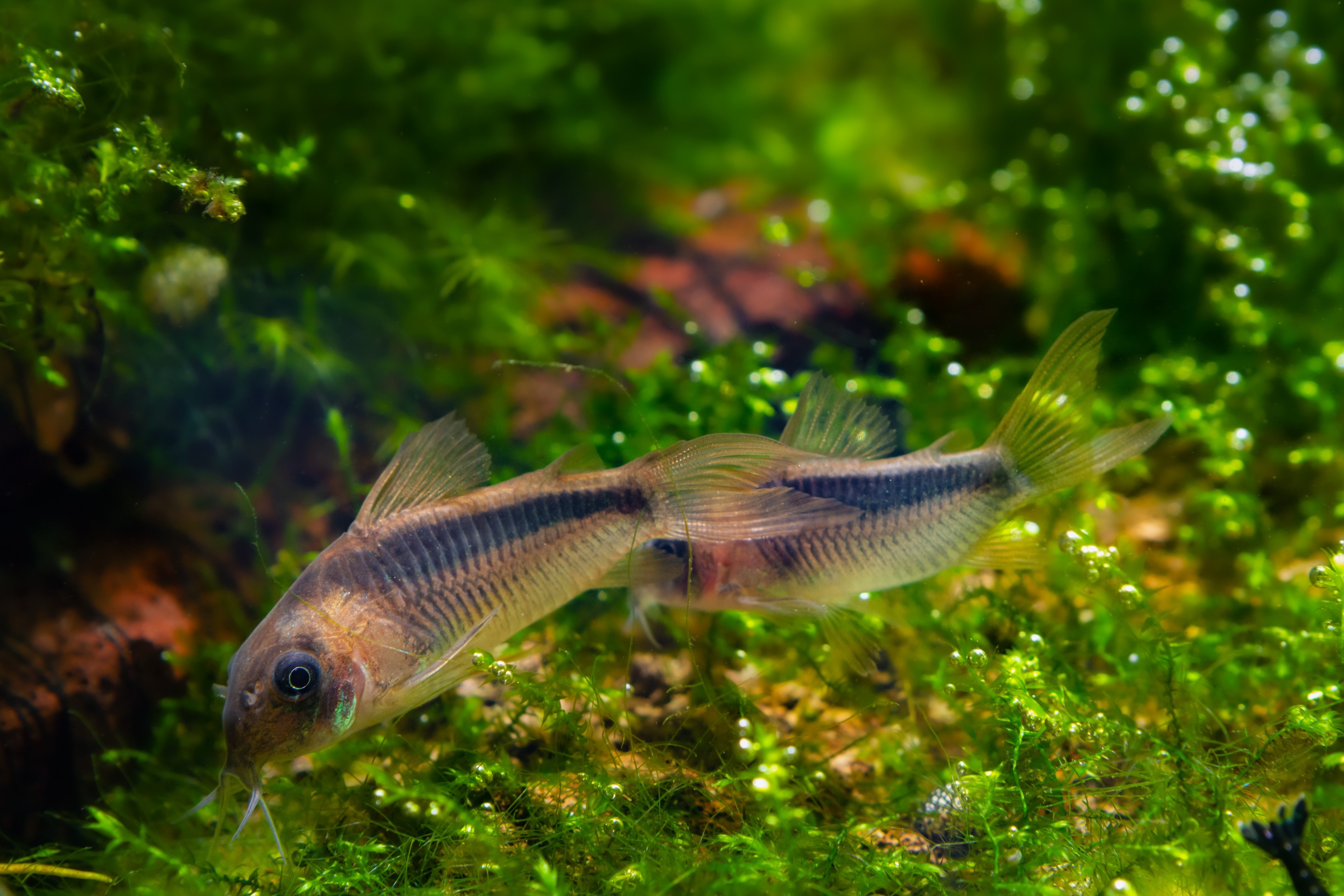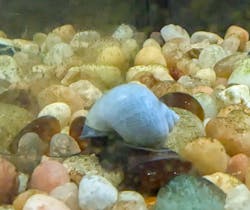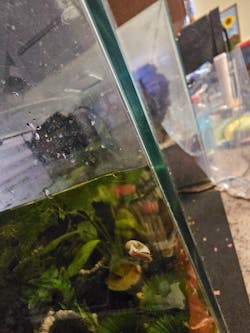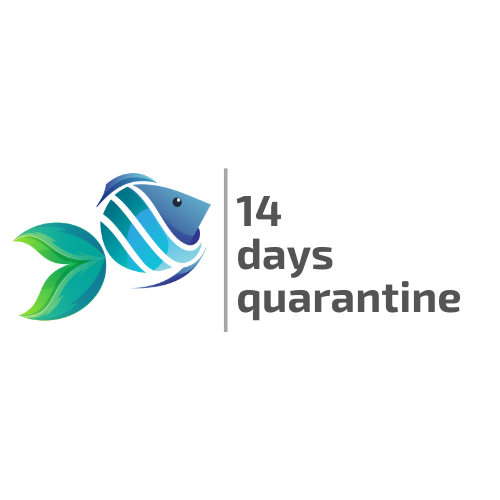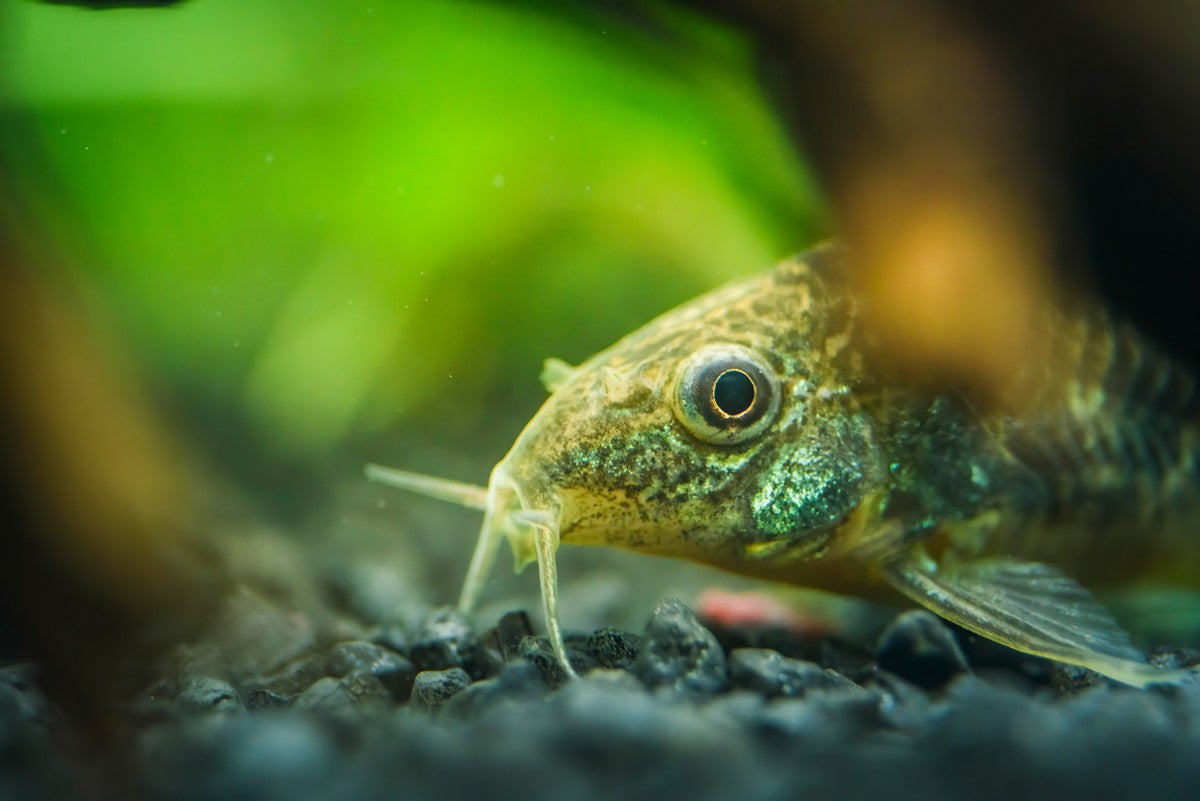
Catfish
Looking for a unique and fascinating bottom-dweller to add life to your aquarium? Aquarium Catfish are some of the most diverse, hardy, and entertaining freshwater fish you can keep. With their wide variety of shapes, sizes, and behaviors, catfish make an excellent addition to any tank, whether you're a beginner or a seasoned aquarist. From the tiny and playful Corydoras to the striking Bristlenose Pleco, we offer a premium selection of catfish for sale to suit any aquatic setup.
Why Choose Catfish for Your Aquarium?
- Excellent Clean-Up Crew: Many catfish species help keep your tank clean by scavenging leftover food and algae.
- Peaceful & Community-Friendly: Most catfish are non-aggressive and thrive in community tanks, as do other gentle fish.
- Unique & Diverse Species: From armored Plecos to whiskered Corydoras, catfish come in fascinating shapes and patterns.
- Hardy & Low-Maintenance: Many catfish are adaptable and can tolerate a range of water conditions, making them great for beginners.
Popular Aquarium Catfish Types
Explore some of the most sought-after catfish species:
- Corydoras Catfish: Small, social, and full of personality, these bottom-dwellers love to shoal and sift through sand.
- Bristlenose Pleco: A fantastic algae-eater with distinctive bristle-like appendages on its face.
- Otocinclus Catfish: Tiny and efficient, these are perfect for nano tanks and planted setups.
- Synodontis Catfish: Active and intriguing, some species even swim upside down!
-
Pictus Catfish: Sleek, fast-moving, and adorned with long whiskers and striking spotted patterns.
Catfish Care Guide
- Tank Size & Setup: Depending on the species, catfish can thrive in tanks as small as 10 gallons (for dwarf species) or as large as 50+ gallons (for larger Plecos). Provide plenty of hiding spots with driftwood, caves, and plants.
- Water Parameters: Most catfish prefer a temperature of 72-80°F (22-27°C) and a pH of 6.5-7.5 (slightly acidic to neutral)
- Diet & Nutrition: While many catfish are scavengers, they still need a balanced diet: Sinking pellets & wafers (specifically for bottom feeders), algae wafers (for Plecos and Otocinclus), frozen foods or live foods (bloodworms, brine shrimp) for protein
- Tank Mates: Catfish do well with peaceful community fish like Tetras, Rasboras, Gouramis, and Dwarf Cichlids. Avoid keeping them with large, aggressive fish that may bully or outcompete them for food.
Catfish Fish for Sale Online
Browse our premium collection of Catfish for sale and find the perfect addition to your freshwater aquarium. Visit Splashy Fish to buy them online or at our aquarium store in Virginia for more freshwater fish for sale, betta fish for sale, freshwater shrimp for sale, live aquatic plants for sale, and aquarium supplies.
Order now and bring home the beauty of Catfish today!
Catfish Frequently Asked Questions (FAQs)
Are Aquarium Catfish aggressive?
No, most freshwater aquarium catfish are not aggressive and many species are among the most peaceful bottom-dwellers in the hobby. However, some larger or predatory catfish can display territorial or aggressive behavior, especially when kept in cramped conditions or with inappropriate tankmates.
To minimize aggression, provide a spacious tank with plenty of hiding spots like cave, driftwood, and plants. Peaceful species such as Corydoras, Otocinclus, and Bristlenose Plecos thrive in community aquariums with other non-aggressive fish like Tetras, Rasboras, and Dwarf Gouramis.
Avoid mixing small catfish with large, aggressive fish, and research species-specific needs, especially for semi-aggressive types like Pictus Catfish or predatory species like Redtail Catfish, which require specialized care.
How do Aquarium Catfish have babies?
Most aquarium catfish reproduce by laying eggs, though their breeding behaviors vary by species. Common egg-laying types include scatterers like Corydoras that deposit eggs on surfaces, cave spawners like Plecos where males guard eggs in crevices, and rare mouthbrooders that carry eggs in their mouths. A few exceptional species even give live birth. To encourage breeding, provide protein-rich foods, simulate rainy seasons with cooler water changes, and offer proper spawning sites like plants or caves. Interestingly, some species like Corydoras can store sperm for months, allowing females to produce multiple egg batches from a single mating. While many catfish breed readily in home aquariums, others like Pictus Catfish rarely reproduce in captivity without special conditions.
What do Aquarium Catfish eat?
Aquarium catfish are primarily omnivorous bottom-feeders with diets varying by species. Most thrive on sinking pellets or wafers (algae-based for herbivores like plecos, protein-rich for carnivorous types), supplemented with live/frozen foods (bloodworms, brine shrimp), blanched veggies (zucchini, peas), and natural biofilm/algae. Species like Corydoras prefer small pellets and worms, while predatory catfish (e.g., Redtails) require whole fish or meaty chunks. For optimal health, feed catfish at night (many are nocturnal), remove uneaten food promptly, and avoid overfeeding. Herbivorous species benefit from calcium-rich supplements, especially armored varieties like Corydoras. Always tailor the diet to your catfish’s specific needs, whether scavenger, algae-grazer, or predator, to ensure proper nutrition and water quality.



